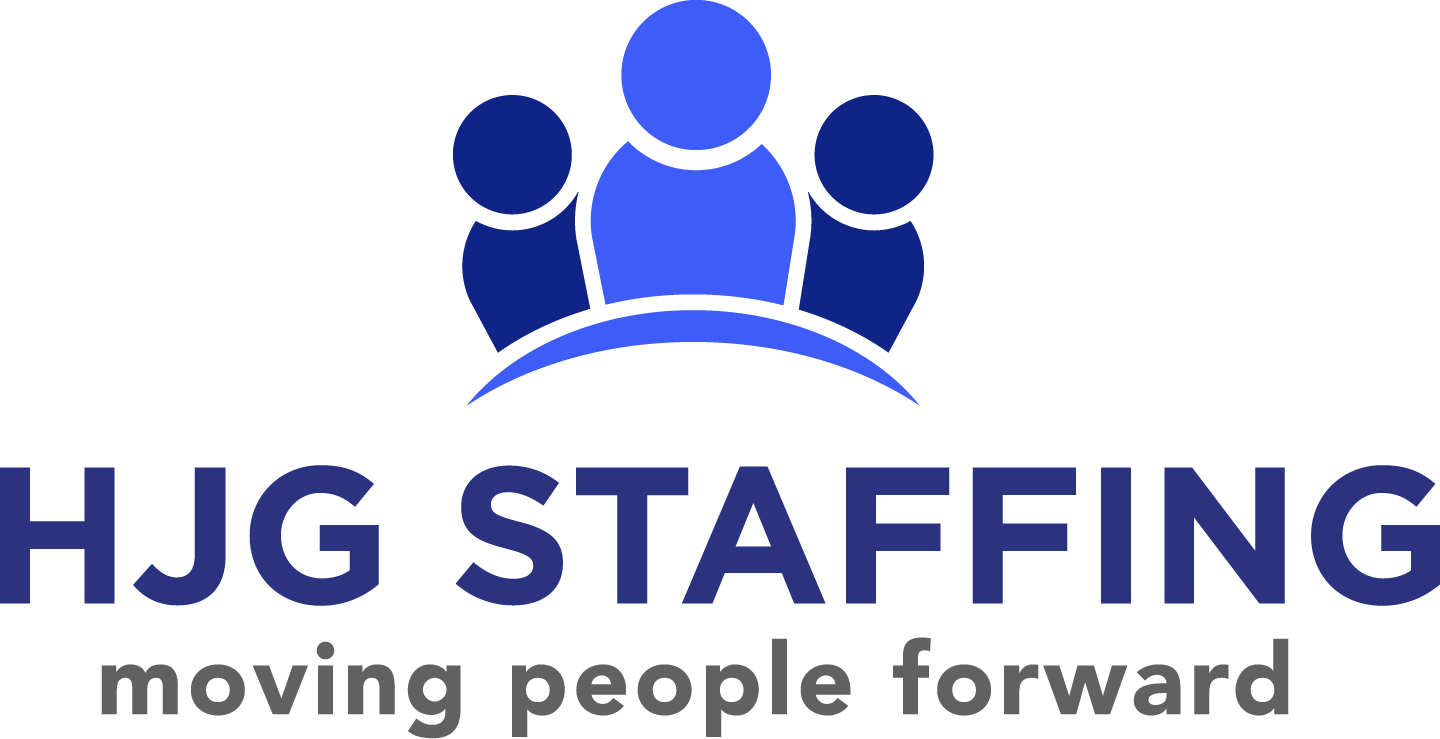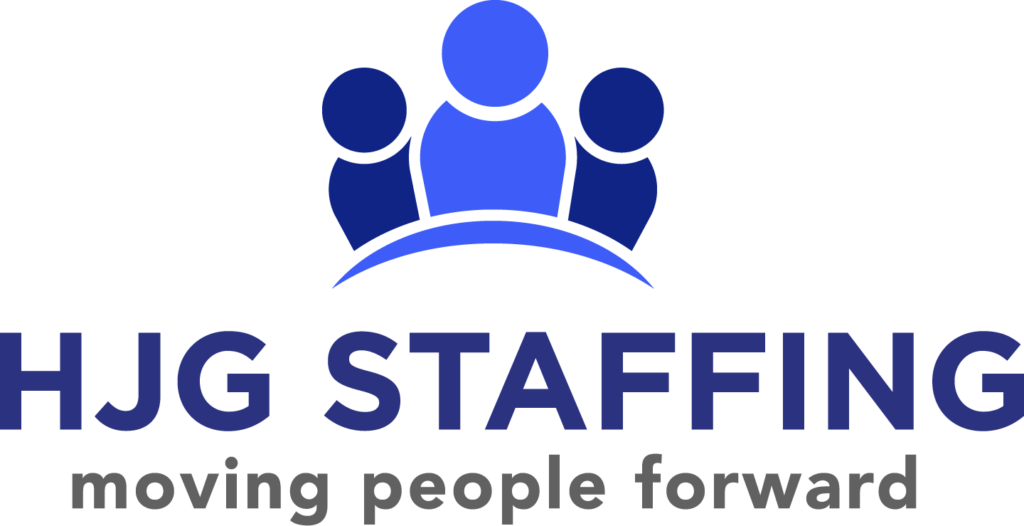If you work in an office, you’ll likely find yourself amongst the company of your co-workers. In a perfect scenario, day to day operations run smoothly and everybody gets along. However, this is not always the case. Even in an optimum work environment, team building is still essential. A cohesive and understanding team is more likely to produce a respectful, productive and inclusive working climate. Today, we will explore effective ways to empower your team.

Growing a strong team does not always mean awkward icebreaker games and fun facts. In fact, there are much more effective strategies. For instance, personality quizzes can be a great start. Although no quiz 100% defines any single person, they can help us identify how our coworkers best function.
One strategy is simply discovering whether someone is an introvert, extrovert or a combination of both, known as an ambivert. Simply stated, introverts recharge by spending time alone. This does not necessarily mean they are shy or quietly, although they can be. What it does mean is that after a certain amount of time around people, it is a necessity for them to recharge their battery by spending time alone. On the other hand, extroverts feel most stimulated in the presence of others, while ambiverts are somewhere in the middle.

Knowing if a person identifies as one of these three types is important, because it can help interactions and enhance communication. If you notice a co-worker isn’t contributing much during a meeting, it can be easy to assume they are disinterested or not paying attention. However, because introverts process information internally, it could be that the person was taking time to think over the information. In this instance, a great way to team build could be asking the team to email any further ideas and input later in the day. This gives introverts (and everyone else) the chance to think, process and contribute at a later time.
Similarly, if an extroverted co-worker seems to be verbally bouncing ideas off other coworkers, it might be easy to assume this is just a chatty person. Yet, the case may be that this person thrives by talking out ideas. In this instance; a strategy could be the team manager reminding employees that they are available to talk in person at certain hours of the day.

In all cases, balance is necessary. Introverts can learn form extroverts and ambiverts, just as extroverts can learn from introverts and ambiverts. All have different strengths that when combined can lead to major victories. The important thing to remember is that we all function differently, and communicating those functions clearly will help all members of a team coexist. There are many other personality tests that can be of major benefit. A quick google search can help you find the best quiz for your team.
The next way to team build is meetings. Yes, meetings! While some shudder at just the mention of the word “meeting,” if executed properly, meetings can be a great tool to bond with your team and create clear and concise communication. Meeting just to meet is simply ineffective. According to fastcompany.com, meetings are necessary for 4 specific purposes: to solve a problem, to make a decision, to develop a plan and to answer questions.

Therefore, once there is a reason to meet, an agenda should be set in place. Beforehand, establish a general knowledge that each team member is welcome to contribute and add their own information to the agenda. Another strategy is to have each team member email speaking points to the coordinator of the meeting. This promotes organization and most importantly reminds team members that their voice is important and heard. In this case, all members have the opportunity to contribute and work with other departments to brainstorm, collaborate, or just simply keep everyone in the loop.
Next, treat one another! A little goes a long way and almost guarantees that people will maintain a positive attitude. Small acts such as bringing snacks or breakfast, sending encouraging emails and company lunches are all examples of sharing thanks. Not only that, it helps boost positivity and bring everyone together. When everyone is sitting around a table for a special company lunch, the mood is more relaxed and there is an opportunity to speak freely and get to know one another outside of the work environment. These occasional small acts of kindness and gratitude are sure to brighten employee’s days and lift the office mood.

Another interactive way to bond is activities outside of the office. For instance, escape rooms promote communication, teamwork and fun. Escape rooms are interactive settings designed with clues and a time limit. The purpose is to work together to find clues and escape within the allotted time. It’s a fun way to get out of the office and have a good time while strengthening team skills. Other team activities like bowling and scavenger hunts can be effective as well.
Of course, during the pandemic, it is not always possible to attend events and go to restaurants. Many people are still working from home. Luckily, the internet helps us connect in ways that were impossible in the past. Many companies are planning virtual happy hours, and sometimes online games are included. For instance, Jen, a Regional Sales Manager, says she and her company play a game called Quiplash. It’s easy, it’s fun and lighthearted, and Quiplash is just one of many online activities available during this time.

Finally, as cliche as it may sound, follow the golden rule. Treat others the way you want to be treated. Be respectful of your co-workers and practice clear communication. Different personalities mean different ways of functioning. Asking questions and learning the ways your coworkers function best will not only help your personal relationships within the office, but it also ensures that operations run smoothly. Plus, productivity is enhanced in an environment where respect and positivity are cultivated.



